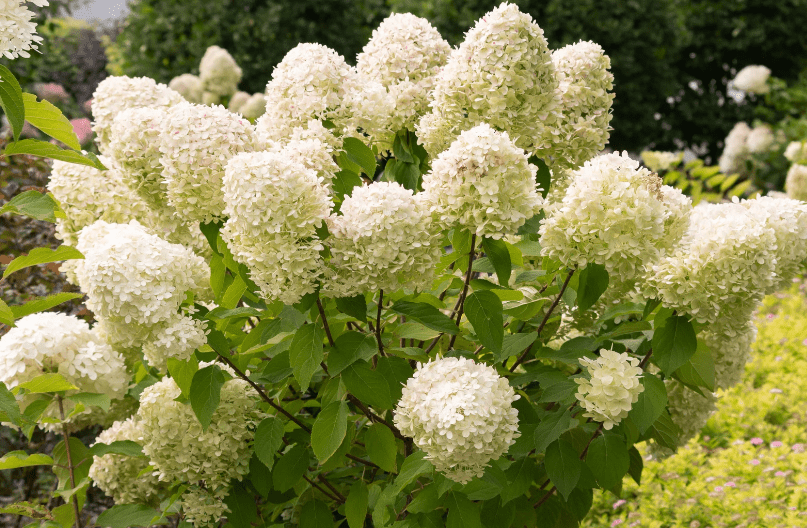
Transform dry landscapes with Drought Tolerant Hydrangeas. Learn about hardy species and practical gardening techniques for a flourishing, water-wise garden.
As the world’s most excellent gardener, I’ve spent decades cultivating gardens that flourish under the most challenging conditions. One of my favorite plants to work with is the hydrangea, a versatile and stunning shrub that, with the proper care, can thrive even in drought-prone areas.
If you’ve ever thought hydrangeas were only for moist, shaded gardens, think again! This comprehensive guide will unveil the secrets to growing drought-tolerant hydrangeas, from selecting suitable species to mastering care and maintenance.
Drought Tolerance of Hydrangea Species
Not all hydrangeas are created equal when it comes to drought tolerance. Understanding the characteristics of different species is the first step toward a flourishing garden.
Hydrangea Paniculata
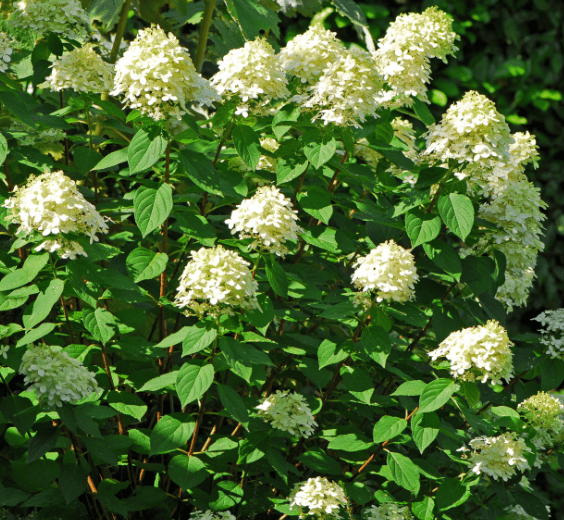
Also known as panicle hydrangea, this species is renowned for its sun-tolerant nature and ability to withstand dry conditions. Varieties like ‘Limelight’ and ‘Little Lamb’ are prevalent for their resilience.
Hydrangea Quercifolia

The oakleaf hydrangea boasts thick leaves that reduce water loss, making it a smart choice for drought-prone areas. Its deep root systems tap into underground moisture, enhancing its drought resistance.
Hydrangea Arborescens
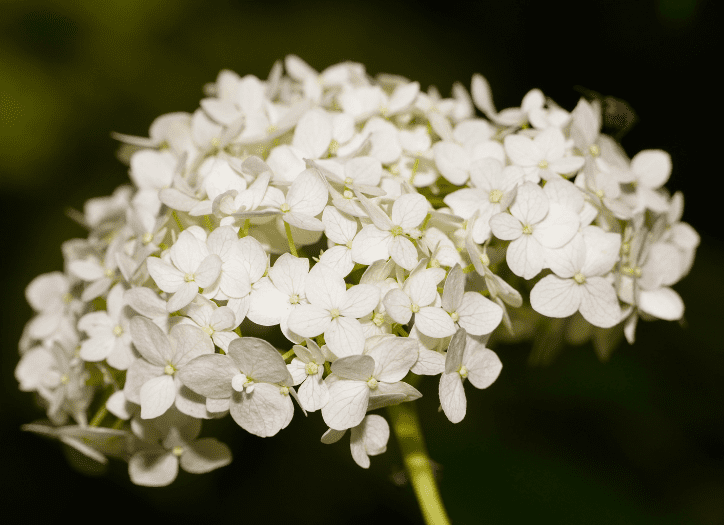
Commonly called smooth hydrangea, this species adapts well to different soil types, including sandy soil, and can tolerate periods of dryness once established.
Hydrangea Serrata
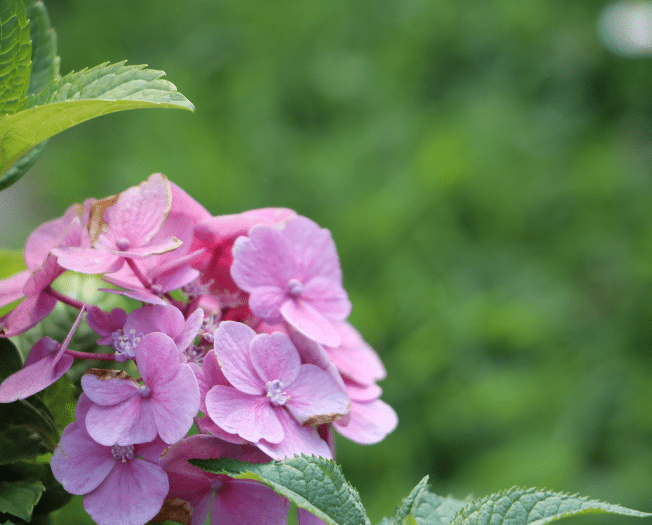
This lesser-known species prefers partial shade and, when planted in organic soil enriched with organic matter, can handle drier conditions better than its cousins.
Hydrangea Macrophylla
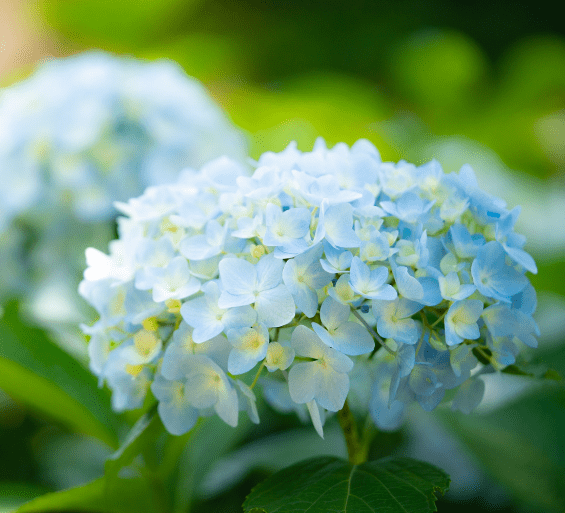
While the bigleaf hydrangea is not the most drought-tolerant, certain cultivars have adapted to withstand less frequent watering, especially when provided with a layer of mulch to retain soil moisture.
Heat-Tolerant Hydrangea Varieties
For gardeners in warmer climates, selecting heat-tolerant varieties is crucial.
Panicle Hydrangeas
Varieties like Limelight and Little Lamb thrive in warmer climates and are more drought-hardy than other species. Their dwarf cultivars are perfect for smaller spaces.
Smooth Hydrangeas
These hydrangeas can handle heat when provided with afternoon shade. Their ability to adapt makes them a versatile choice for different garden settings.
Bigleaf Hydrangeas
Opt for lacecap and mophead varieties that have shown greater heat tolerance. Remember, even heat-tolerant hydrangeas appreciate some relief from the scorching sun.
Hydrangea Care and Maintenance Tips
Maintaining the health of your hydrangeas is essential for drought resistance.
Watering Practices
Implement deep watering techniques to encourage deep root growth. Use soaker hoses or drip irrigation to deliver water directly to the roots, minimizing evaporation.
Mulching
A generous layer of mulch helps retain soil moisture and regulate temperature. Organic mulches like shredded bark or compost enrich the soil as they decompose.
Soil Preparation
Hydrangeas prefer well-drained soil rich in organic matter. Amend your garden with loamy soil to improve water retention without risking root rot.
Fertilizing Hydrangeas
Use a balanced fertilizer to provide essential nutrients. Be cautious with nitrogen levels; excessive nitrogen can promote leaf growth at the expense of flowers.
Pest and Disease Management
Watch out for aphids, spider mites, and common diseases. Opt for disease-resistant varieties and maintain good air circulation to prevent issues.
Hydrangea Design and Planting Ideas
Incorporating hydrangeas into your garden design adds beauty and resilience.
Companion Planting
Pair hydrangeas with shade-tolerant companions like ferns and hostas or sun-tolerant hydrangea plants depending on the species.
Color Coordination
Play with colors by choosing blue hydrangea, pink hydrangea, or white hydrangea varieties. Remember that soil pH can influence flower color in some species.
Flower Types
Mix mophead and lacecap flower types for varied texture and visual interest. Panicle hydrangeas add height and structure to garden beds.
Strategies for Improving Drought Tolerance
Enhancing your hydrangeas’ drought tolerance involves strategic gardening practices.
Deep Root Systems
Encourage roots to grow deeper by watering less frequently but more thoroughly. Deep roots access moisture trapped in lower soil layers.
Soil Amendments
Incorporate organic matter into the soil to improve its water-holding capacity. Sandy soil benefits greatly from added compost or peat moss.
Mulching Techniques
Apply mulch regularly to maintain soil moisture. Organic mulches also contribute nutrients as they break down.
Proper Pruning
Pruning hydrangeas correctly ensures vigorous growth and reduces stress on the plant. Remove dead or weak stems to direct energy to healthy growth.
Watering Tools
Utilize soaker hoses and drip irrigation systems to conserve water and deliver it efficiently to your plants.
Conclusion
Growing drought-tolerant hydrangeas is not only possible but also rewarding. By selecting the right species and varieties, implementing smart gardening practices, and designing your garden thoughtfully, you can enjoy the lush beauty of hydrangeas even in challenging conditions.
Remember, the key lies in understanding your plants and giving them what they need to thrive. Happy gardening!

























